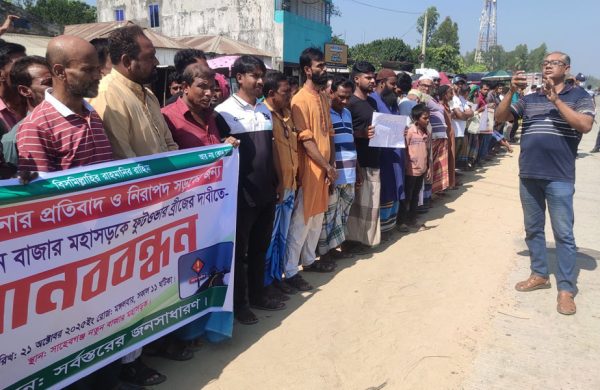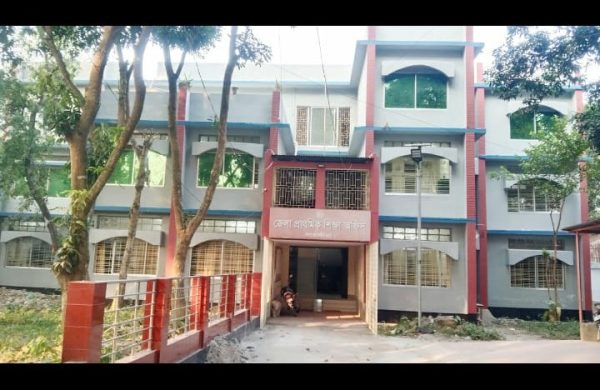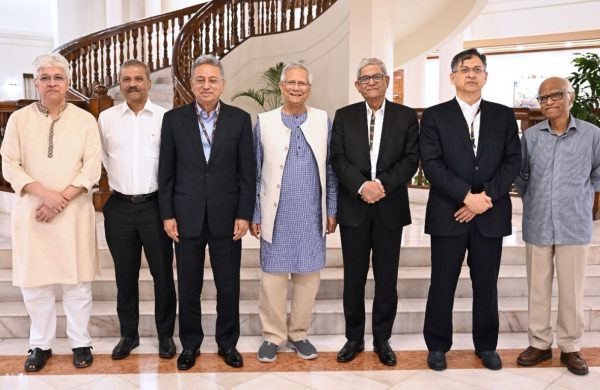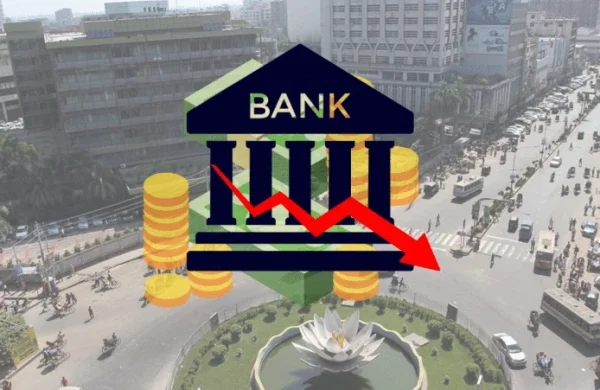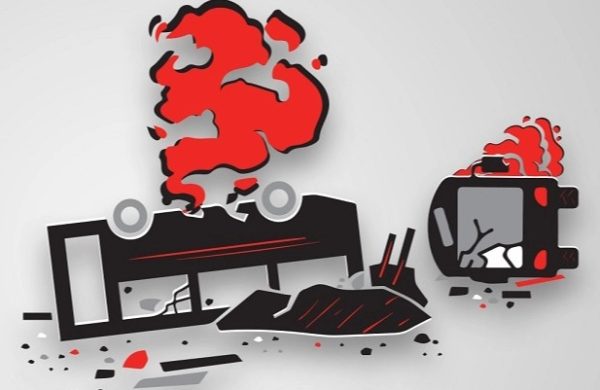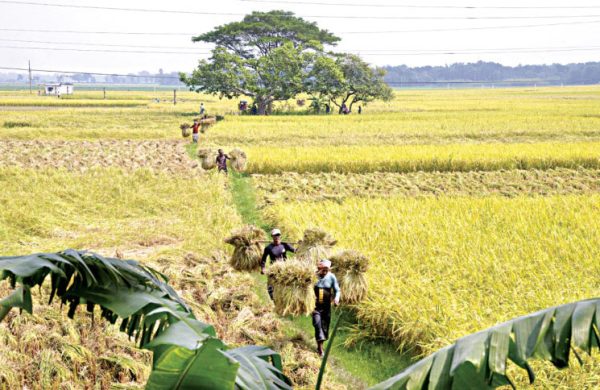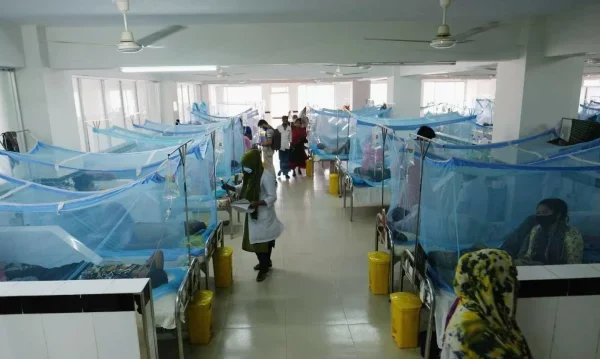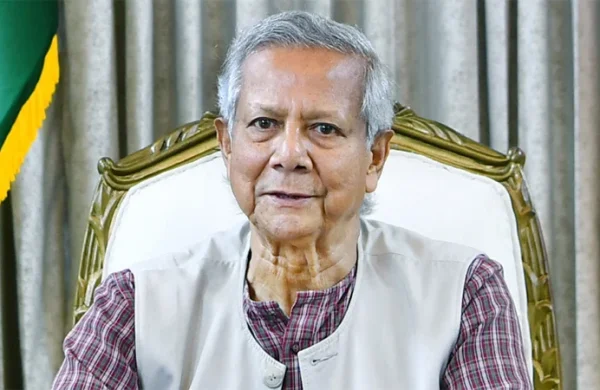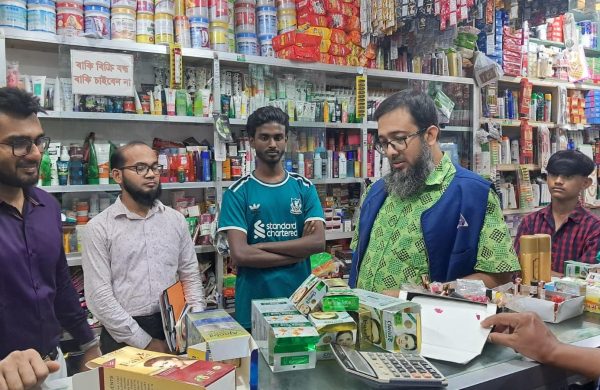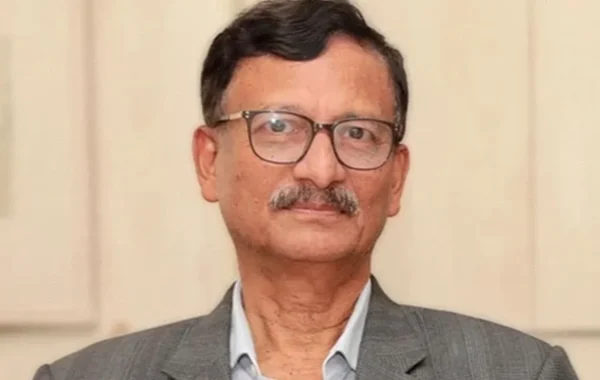Secret prison: Where just staying alive was intolerably painful
- Update Time : Friday, August 30, 2024

News Desk:
A person would be picked up, blindfolded and hands tied. His entire face would be covered and a hat placed over his head. Then it was off to the secret detention facility. This was a small windowless room with a bright light constantly burning. There was no way to distinguish between day and night. Sometimes the light would be switched off and the room would plunge into pitch darkness. The noise of the exhaust fan was deafening and no outside sounds could be heard.
The persons who were released from these secret detention facilities before and after Sheikh Hasina’s government fell in the face of the student-people’s movement, gave such accounts of these cells. They said, simply staying alive in those unknown detention cells was intolerably painful. It was a constant waiting for death, expecting them to take us away any minute.
Several of the victims said, they were subject to excessive physical torture after being picked up. Some of them were often taken to torture cells. When taken to the toilet, they would be blindfolded and handcuffed and could hear the screams and cries of others being tortured.
Sources working on enforced disappearances say that the abducted persons who had been in detention for long, would be kept in these cells. There were some who were immediately killed after being picked up or within a few days of being picked up. In the Narayanganj seven-murder incident of 2014, the abducted persons were suffocated and killed by wrapping polythene around their heads. Then their abdomens were slit open, filled with cement or heavy objects and the bodies flung into the river. The bodies of some were recovered and some were never found.
After Sheikh Hasina came to power, from 2010 a trend began to abduct leaders and activists of the political opposition parties. This increased extensively before the 5 January 2014 election. From the very outset it was alleged that the government’s forces were involved in this, but the government at the time paid no heed. They would make taunting remarks like the person was “hiding from loan collectors because he owed money”, and so on.
After the fall of the Sheikh Hasina government on 5 August in face of the student-people’s uprising, the demand resounded even louder for the victims of enforced disappearance to be returned, to close down the secret detention cells and to place those involved on trial.
30 August, the International Day of the Victims of Enforced Disappearance is commemorated in this backdrop.
According to the non-government human rights organisation Ain O Salish Kendra, a total of 629 persons were victims of enforced disappearance from 2007 to 2023. Over time since then, the bodies of 78 were recovered and 59 persons were released after abduction. And 73 were later shown to be arrested. No trace of the remaining persons has been found.
Mayer Dak, the organisation of relatives of victims of enforced disappearance, on 18 August handed over to the director general of the Directorate General of Forces (DGFI) a list of 158 persons who remain missing. They went missing since after 2009.
While these families have long been holding various programmes in demand that the missing persons be returned, the secret detention facilities first came to light two years ago in 2022 when the Sweden-based media outlet Netra News came up with the report on Aynaghar, DGFI’s secret detention centre. Released from detention, a few individuals including an army officer have revealed horrifying stories of Aynaghar.
Explaining the name Aynaghar (House of Mirrors), former army officer Lt Col Hasinur Rahman, twice a victim of enforced disappearance, said that the guard would sometimes sneeringly say, you are in Aynaghar. Aynaghar was metaphorical in the sense that you saw no one there other than yourself.
The Sheikh Hasina government did not admit to abducting persons or the existence of any secret detention facilities. They ignored the calls made by the United Nations and other international agencies. However, from the top level of the present interim government, it has been said that action is being taken in this regard.
The day after Sheikh Hasina left the country, on 6 August three persons were released from the secret detention facilities. They were Brig Gen Abdullahhil Amaan Azmi, lawyer Ahmad Bin Quasem (Arman) and Michael Chakma, leader of the Chittagong Hill Tracts organisation United Peoples Democratic Front (UPDF). The first two were almost eight years in the secret prison and the last one over five years.
Speaking to this correspondent, Michael Chakma said, “Proper meals were not provided in the airless dark spaced enclosed by four walls. I was under such tremendous mental agony I told them to kill me rather than keep me alive like this. I still can’t sleep at night because of the horrific torture. I jump at the slightest sound.”
Enforced disappearance and detention in the secret prison was the biggest fear for the movement against the government in power for 15 years, for criticising them in any manner. Those who were kept there were more dead than alive. Most of those who have been retrieved from the secret detention facilities are still in trauma.
This correspondent spoke to others who had been released from the secret prison earlier. They said that they underwent indescribable sufferings in the prison. There were large exhaust fans in the cells and the sound of these fans were so deafening, nothing from outside could be heard. No one could even sleep properly. And if the exhaust fans were turned off, some of them would hear screams and cries of others. They felt that they were intentionally made to listen to these tortured screams of the other inmates.
The persons who were released from the secret prison say that the rooms they were kept in were very small. Each would contain a 3ft by 7 ft bed, leaving just 3ft to 4 ft space. There was no toilet in the rooms. Most of the rooms were damp and dirty. There were bed bugs and mosquitoes. In the rooms on the sides of the building, a little light would enter through the ventilators. But the inner rooms were pitch dark. One couldn’t even see oneself if there was an electricity failure.
The inmates were made to wear old clothes. The bed would be covered with a dirty sheet. There would be one toilet for every four or five rooms. A detainee would be allowed to use the toilet four or five times a day. They would be handcuffed and blindfolded and taken out of the room to go to the toilet. There was a hole in the door so the inmates were watched even when they were in the toilet. They were kept barefoot.
Former army officer Hasinur Rahman was abducted twice and detained for lengthy spans of time. Describing the torture, he said first he would be tightly blindfolded in the room where he was kept. Then he would be taken to the torture cell where his arms and legs would be tied to a chair. Some persons would be hung up from the ceiling. They would tear off the fingernails from some. They would torture however they wished. When anyone would go to the room crying out aloud, I would understand they had been tortured. The detained persons would be tortured once a month.
The persons released from the secret prisons said when they were in detention, most of them had given up hope of survival. Languishing for years in the prison, many thought they would die there. While Sheikh Hasina was in power, some of them were released from these secret facilities. But after the extreme torture they had faced, none of them dared open their mouths in fear.
LOCATION OF THE SECRET PRISON
There is still no definite information about where Aynaghar or the secret detention facility is located. But from those who have been released, it is clear that the prison was run under the management of an institution. Some of them said that they saw the logo of the defence ministry on the medicines, food, books and other items they were given. Also, the behaviour and manner of talking of these guards, the physicians, the barbers and those who served them food, indicated they were working for the armed forces of an intelligence agency.
Former army officer Hasinur Rahman who had been detained in Aynaghar twice, said during the rule of Pakistan, there had been a joint interrogation cell (JIC) in a building in Kochukhet in the cantonment. During the 1/11 government, many persons were tortured in those abandoned rooms. After Sheikh Hasina came to power, those rooms were used once again as detention and torture cells. Outside of that, RAB had its own secret detention facility to keep persons for a short time. The interrogation cell of the armed forces at times had also been misused as a detention facility.
Concerning the location of Aynaghar or the secret prison, Hasinur Rahman said Aynaghar was located around 30 to 30 yards behind the DGFI office in Kochukhet. From back in Pakistan times, there was a building there, the first floor 18ft high and the second floor 20ft high. Next to this is a mosque. The new building was made in 2009. The new building has 10 rooms and the old one 17 rooms.
Hasinur Rahman said, “After I became active about this matter, the two buildings were covered with a large tarpaulin so pictures could not be taken of the buildings from satellite.”
The director of Inter Services Public Relations (ISPR) directorate was contacted yesterday, Thursday, for a statement on the allegations or discussions on the Aynaghar or secret detention centre in the cantonment near the DGFI office. He said that inquiries must be made to find out about any such structure within the cantonment. Also, he said, DGFI was not a matter under the ISPR.
Others say that there were also torture cells in some branches of RAB and the police. It was said that such a secret detention facility had been set up by the railway tracks near the RAB-1 office in Uttara. Many of the victims of enforced disappearance had been kept there before the 2014 election. This was conjectured from the descriptions of a few of those who had been released.
A description of the RAB-1 prison has been revealed in the deliberations of former member of the armed forces Md Mukul Hossain who was released from the secret detention facility.
Former corporal Mukul said he went missing on 3 February 2019 from Kalabagan. Later on 8 May he was shown arrested in a narcotics case.
The details of how Mukul was picked up, tortured and locked in a room for a long period of time, match the descriptions of others.
Towards the end, before he was released, he had been kept at the RAB-1secret detention centre. He would hear the sound of trains from there. Later RAB-1 handed him over to the airport police station and he was shown to be arrested in a narcotics case.
When asked about any such detention facilities of RAB here victims of enforced disappearance were kept, the present RAB director of legal and media affairs Lt Col Md Munim Ferdous told yesterday, Thursday, the officers who were there at the time will best know about this. But RAB has no secret prison now. He said, “If the commission formed for enforced disappearances or the concerned authorities want to investigate these matters, we will extend all cooperation.”
DEMAND TO PUNISH THOSE INVOLVED AND TO CLOSE THE PRISON
Talking to several sources concerning the secret detention facilities, it was learnt that at present there is no one in any such facilities. The present government is against maintaining any such facilities.
Human rights organisations, however, say that alongside shutting shut facilities down, all those involved must be punished so no one in the future will even think of acting in such a manner.
In his speech delivered to the nation of 25 August, chief advisor Dr Muhammad Yunus said, “The patriotic armed forces, the police, BGB, and RAB were used for enforced disappearances and torture, tarnishing the image of these institutions. We want to identify the criminal and punish them. He said that justice will be ensure for all the extrajudicial killings, the enforced disappearances, killings, abductions and the ultimate despicable misdeeds like running Aynaghar.”
On Thursday, Bangladesh signed the international convention against enforced disappearances. Earlier on 27 August an inquiry commission was formed to look into the incidents of enforced disappearances carried out by the law enforcement agencies during the rule of the Awami League government.
The circular regarding this commission said, this inquiry commission has been formed to search for persons who fell victim to enforced disappearance at the hands of the any members of the police, the Rapid Action Battalion (RAB), Border Guard Bangladesh (BGB), the Criminal Investigation Department (CID), the Special Branch, the Detective Branch, Ansar Battalion, National Security Intelligence, the defence forces, DGFI, Coast Guard and other law enforcement agencies.
Md Noor Khan has for long been working on the issues of enforced disappearance and extrajudicial killings. He told , “We have learnt that the joint interrogation cell, Aynaghar or the secret prison whatever we may call it, is not just one place, but in many places. It must be found where these facilities existed and whether anyone is still there.” Detailed investigations must also be made into who ordered the enforced disappearances, at what level the decisions for enforced disappearances were taken, whether any individual or any agency or force took the decision, what the process of decision-making was and all details. All those involved must be brought under the law. Collected from Prothom Alo


